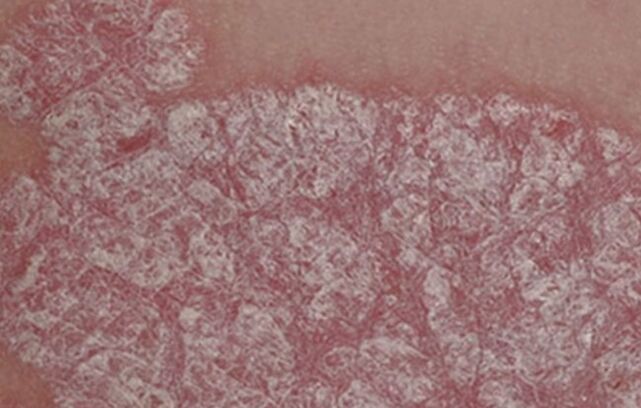Psoriasis, like all other types of chronic diseases of the skin of an inflammatory nature, has its own development stages.When diagnosing the disease, the doctor necessarily takes into account not only the variety of the disease, its form, severity and cause of occurrence, but also the stage of development.For an experienced specialist, it is not difficult to designate the stages of psoriasis, since all of them differ in specific symptoms, which are almost impossible to confuse.Depending on the manifestations of the disease, the patient is prescribed appropriate treatment aimed both at reducing and relieving external symptoms, and at the elimination of factors that provoke the development of the disease.

The onset of the disease
Despite the fact that the methods of complete cure for psoriasis have not yet been found, as the reasons that provoke its occurrence, forms, types and stages of the development of the disease have been studied quite well have not been established.Thus, in the development and course of the disease, three main stages are distinguished: initial or progressive, stationary and “fading”, regressive.
The processes characteristic of the start or exacerbation of the course of the disease, that is, the progressive stage, is the appearance of neoplasms in the form of a rash on the surface of the skin.At the same time, the elements of the rash (point, pointed, Lenticular) tend to peripheral growth.Spreading into healthy areas of the skin, small rashes form clearly defined round or oval psoriatic plaques.
At the stage of progression of the disease, psoriatic plaques are painted in bright pink or red color, and a specific peeling crust on the lesions is absent.The thickened edges of the foci of defeat are not covered with whitish scales.
During the progressive stage of psoriasis, the patient experiences itching, a slight burning sensation in areas of skin lesions, a general slight malaise.With any contact with clothing and combing areas, new papular rashes appear.
Further development
After 1-4 weeks, the second stage of development of the disease occurs-stationary.The exacerbation process weakens, the color of psoriatic plaques becomes less intense, the old rashes are absorbed, the formation of new rashes stops.

Healing of the papules occurs peripheral, that is, from the center to the edges, which determines the characteristic ring-visible shape of plaques.At the stationary stage, the surface of the lesions is completely covered with scaly crusts of a characteristic whitish color.
In the regressive stage of psoriasis, at the stage of attenuation of the disease and its transition to the period of remission, all foci of the lesion are gradually completely resolved, the color of the plaques becomes almost indistinguishable from the color of healthy skin, the peeling of the epidermis decreases markedly, burning and itching decreases.Around the foci appears the so -called "collar of the Voronov" - a ring of keratinized, dense layers of the skin.Along the periphery of all rashes, the skin is discolored.The stage of regression of the disease under the influence of intense adequate treatment can last a long time, sometimes up to several months.Then psoriasis retreats completely, leaving insignificant localized plaques on the body in the most common places for this disease (elbows, knees, stomach, buttocks).
In the task of a person suffering from psoriasis, to constantly keep the disease in the stage of remission.Control over all aspects of life and the prevention of the disease will require the strictest - this is not a secret.But this is the only way to achieve positive treatment results, fix them and continue normal existence in society.























